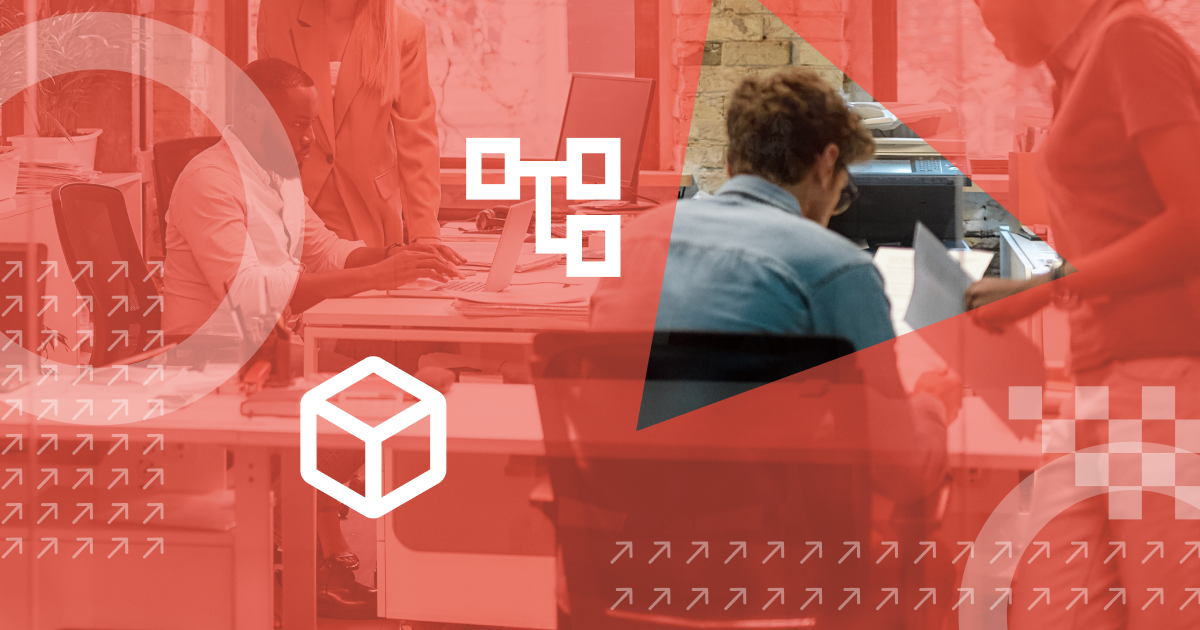5 things marketing teams hate about their CMS

Traditional legacy CMS platforms weren’t built for today’s demands. Here are five common frustrations marketing teams face with legacy CMS platforms, and how modern CMS solutions are built to solve them.
Marketing teams are under more pressure than ever to deliver high-quality digital experiences. But too often, their CMS is holding them back.
In highly competitive industries where speed and adaptability are everything, relying on outdated tools isn’t just frustrating, it’s a liability. These limitations don’t just impact your team internally, they directly affect the quality of the experience your audience has with your brand.
If your team is constantly running into roadblocks with content updates, channel expansion, or personalization, you’re not alone. The culprit? Traditional legacy CMS platforms that weren’t built for today’s demands.
Here are five common frustrations marketing teams face with legacy CMS platforms, and how modern CMS solutions are built to solve them.
Pain point 1: It’s a nightmare to use
Traditional CMS platforms are often clunky, overcomplicated, and require too much technical intervention just to get basic updates live. Marketing teams shouldn’t have to jump through hoops to get valuable resources out to your audience.
Common struggles when using an outdated CMS include:
Poor UX for marketers
Many legacy tools were built with developers in mind, leaving marketers to navigate confusing dashboards that slow them down.
Multi-step processes to publish simple content
What should be a quick task (like updating a headline or changing an image) can turn into a multi-step ordeal involving several team members and approvals.
Non-intuitive workflows
Without clear, customizable workflows, teams struggle with version control, content staging, and even knowing who’s responsible for what.
While researching online reviews of legacy CMS tools on sites like G2, we noticed a common complaint:
“It’s more complicated than it needs to be.”
Teams who use a CMS tool want to move faster, but their outdated system slows them down. A modern CMS like Contentstack addresses these issues by offering a user-friendly interface, with visual editors and modular content. This intuitive solution makes it easier on non-technical users and eliminates bottlenecks, so marketing can move at the speed of the business.
The result? More campaigns launched, fewer IT tickets and faster feedback loops.
Related: 11 must-have CMS features for modern content teams
Pain point 2: It slows everything (and everyone) down
Delayed content launches, long development cycles, and a lack of agility are all signs of an outdated CMS, completely at odds with how modern businesses need to operate. In an ever-evolving digital landscape, success depends on the ability to move quickly and respond in real time.
According to research from Sleeping Giant Labs, around 50% of CMS users struggle with the speed of development. This isn’t just a technical problem, it’s a creative one. Delays kill momentum and frustrate teams who are trying to meet customer expectations.
As one G2 reviewer recently put it while reviewing a legacy CMS tool:
“Our old systems were difficult to manage, to say the least.”
A modern CMS solution like Contentstack solves this with a headless approach and front-end flexibility. Modular architecture and seamless integrations enable faster time-to-market, while agile workflows give teams the freedom to innovate. Developers get speed. Marketers get control. Everyone wins.

Pain point 3: It’s impossible to personalize at scale
Today’s audiences expect content that feels relevant, timely and personal. This means that personalization is no longer optional. But many legacy CMS platforms simply weren’t built to support it.
Marketing teams often find themselves working around major limitations: no native personalization features, a reliance on external tools (which can be costly and unreliable), and little to no integration with real-time customer data, meaning critical insights are left on the table.
It’s no surprise that G2 reviewers describe these platforms as:
“Very controlling and limited.”
Personalization is one of the top priorities for decision-makers when selecting their modern CMS. With a platform like Contentstack, teams gain access to embedded CDP features, real-time audience profiles and AI-powered orchestration, unlocking 1:1 personalization and ensuring every experience is relevant, timely and on-brand.
Pain point 4: Maintenance > innovation
Legacy systems demand constant attention. Between constant security patches, plug-in updates and workarounds for outdated features, teams end up spending more time maintaining the system than actually using it to grow the business.
The result? As time and budget are consumed by upkeep instead of innovation, it becomes nearly impossible to test new ideas or scale into new channels.
This is the weight of technical debt, and it’s heavy.
When selecting a new CMS tool, one user commented:
“We said it needed to be easy to use, and it needed to work every time.”
That’s exactly what modern CMS platforms like Contentstack deliver. With cloud-native architecture and AI-assisted automation for content operations, routine maintenance disappears. The focus shifts from upkeep to growth, because innovation should be the norm, not the exception.
Pain point 5: Teams feel trapped by inflexible tools
Vendor lock-in is real (and costly). Many legacy platforms restrict customers into frameworks that are difficult to evolve or scale. And as your tech stack grows, these older systems can’t keep up. When marketing teams are stuck with outdated tools, it’s easy to feel like there’s no clear way forward.
That frustration is echoed in G2 reviewer feedback:
“Horrible, ancient, confusing software.”
While many teams know their CMS is holding them back, they’re unsure what the alternative looks like. A modern CMS like Contentstack offers a composable architecture that evolves with your tech stack, providing a flexible, future-proof foundation built for AI, new channels and whatever comes next.
That’s the difference between a CMS that feels like a trap, and one that acts as a launchpad.
Final takeaway: It’s not just about content anymore
A CMS is no longer just a content storage tool, it’s the backbone of your digital agility. Marketing teams need more than a system that simply works, they need one that empowers them to create, personalize and scale without compromise.
Your CMS should make things easier, not harder.
Learn more
In today's fast-moving digital world, clunky, outdated CMS platforms aren’t just inconvenient, they’re a liability. Whether you’re struggling with speed, scalability, personalization, or just feeling stuck, it’s time for a smarter solution.
Modern marketing teams need more than just a place to publish content, they need a tool that adapts, automates and delivers at scale. If you’re ready to spend less time maintaining and more time innovating, let’s talk about how Contentstack can help.
About Contentstack
The Contentstack team comprises highly skilled professionals specializing in product marketing, customer acquisition and retention, and digital marketing strategy. With extensive experience holding senior positions at renowned technology companies across Fortune 500, mid-size, and start-up sectors, our team offers impactful solutions based on diverse backgrounds and extensive industry knowledge.
Contentstack is on a mission to deliver the world’s best digital experiences through a fusion of cutting-edge content management, customer data, personalization, and AI technology. Iconic brands, such as AirFrance KLM, ASICS, Burberry, Mattel, Mitsubishi, and Walmart, depend on the platform to rise above the noise in today's crowded digital markets and gain their competitive edge.
In January 2025, Contentstack proudly secured its first-ever position as a Visionary in the 2025 Gartner® Magic Quadrant™ for Digital Experience Platforms (DXP). Further solidifying its prominent standing, Contentstack was recognized as a Leader in the Forrester Research, Inc. March 2025 report, “The Forrester Wave™: Content Management Systems (CMS), Q1 2025.” Contentstack was the only pure headless provider named as a Leader in the report, which evaluated 13 top CMS providers on 19 criteria for current offering and strategy.
Follow Contentstack on LinkedIn.







.svg?format=pjpg&auto=webp)
.svg?format=pjpg&auto=webp)
.png?format=pjpg&auto=webp)






.png?format=pjpg&auto=webp)


